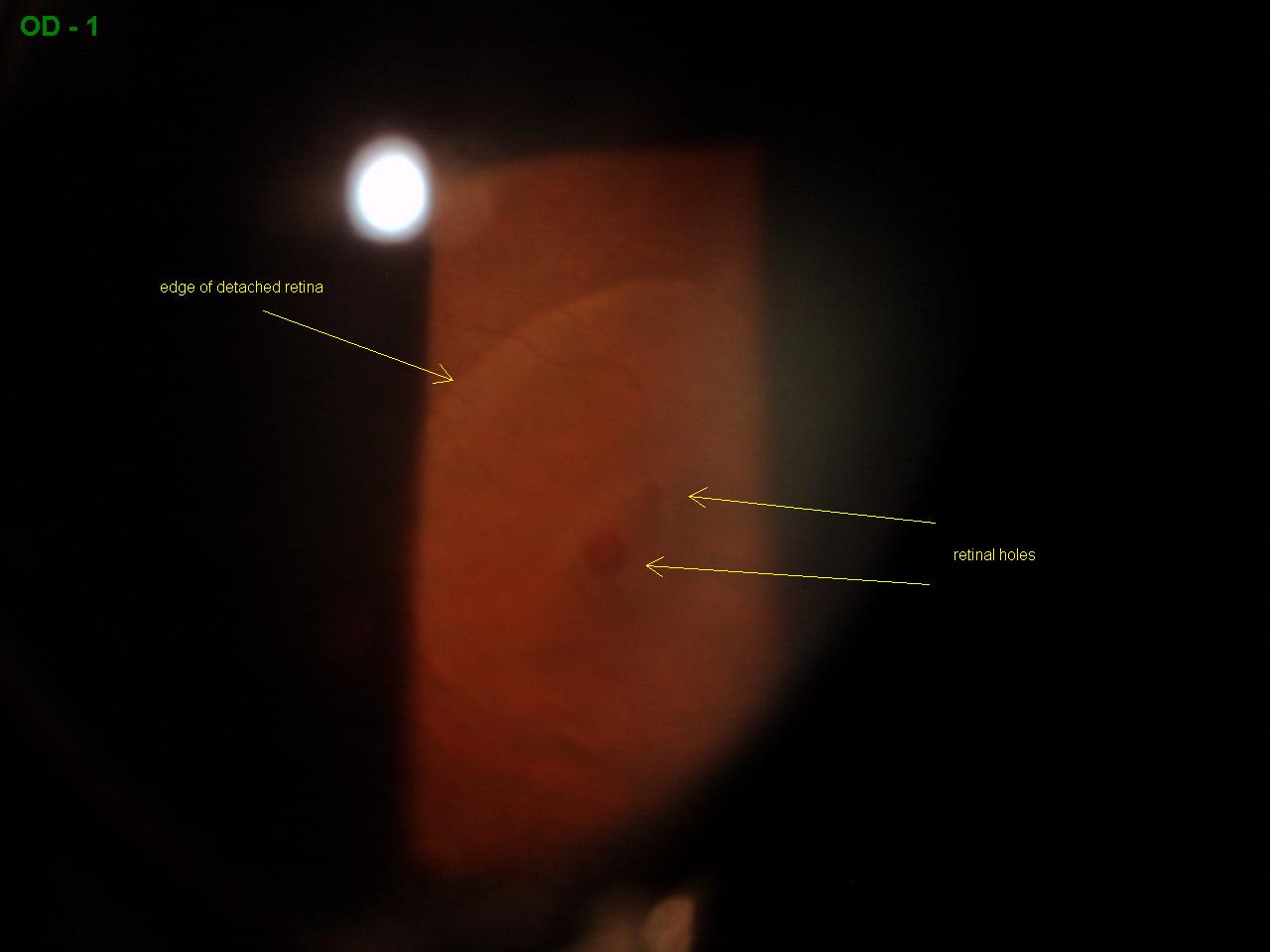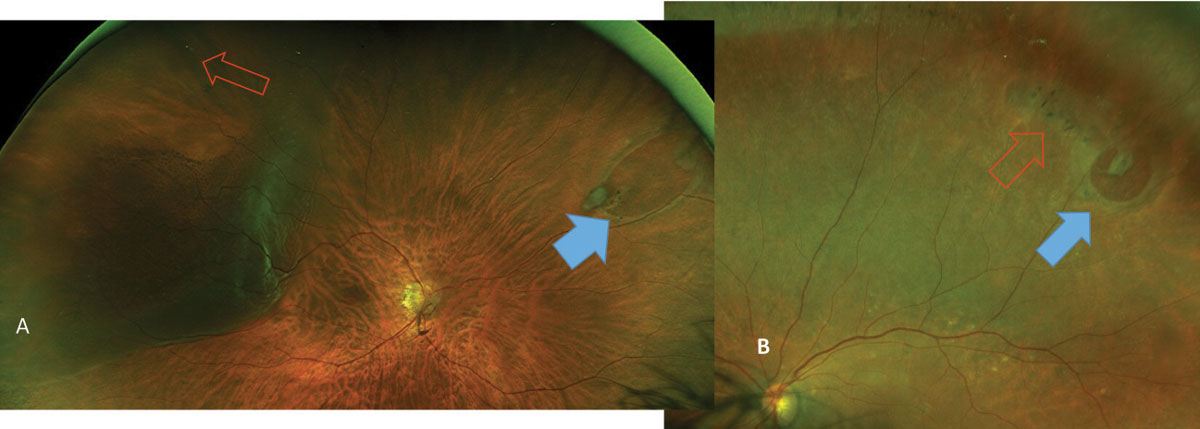

Prior to presentation at our clinic, the patient was hospitalized for very high erythrocyte sedimentation rate (ESR) and C-reactive protein (CRP) levels (i.e., ESR: 61 and CRP: 32). She also had no family history of autoimmune diseases. The patient did not have any other accompanying systemic or ocular symptoms. She was presented to us 35 days after a sudden bilateral loss of vision, which occurred two days after she received the second recombinant mRNA vaccine (Pfizer) injection. Thefirst patient was a 79-year-old female, otherwise healthy, with a history of osteoporosis and osteoarthritis. In these presented cases, we discuss our observation of two patients who developed arteritic anterior ischemic optic neuropathy (AAION) and bilateral acute zonal occult outer retinopathy (AZOOR) after their vaccination. Īlthough neurological side effects of COVID-19 vaccination have been discussed, to the best of our knowledge, serious ocular complications of the FDA approved recombinant vaccine (mRNA) have not been reported. Potential side effects of the vaccines were reported these included mild symptoms such as pain at the site of infection, fatigue, myalgia, and fever, and more serious symptoms such as septic shock. In December 2020, the Food and Drug Administration (FDA) approved two vaccines for prevention of COVID-19 infection. Nowadays, novel recombinant vaccines are preferred instead of live, weakened, or inactivated virus vaccines as they may have greater efficacy and increased response predictability. Vaccination remains one of the most effective interventions in human history against different viral infections. Currently, this pandemic has caused confirmed infections in over 160 million people and over 3 million deaths. SARS-CoV2 rapidly spread all around the world and was deemed the COVID-19 pandemic by the World Health Organization (WHO). This virus was called SARS- CoV-2 due to the genomic similarities to SARS-CoV, that caused severe acute respiratory syndrome (SARS). Since she was nursing, intravitreal dexamethasone implant was recommended for the right eye.Ī new coronavirus (CoV) was discovered in December 2019 in Wuhan, Hubei province, China. The anterior segment and posterior segment exams were completely normal except for the presence of abnormal white reflex in the temporal macula of her left eye. At presentation, vision was20/20 in both eyes. As a result, she was diagnosed with unilateral AZOOR in her left eye and was subsequently treated with an intravitreal dexamethasone implant in the same eye. Complete bloodwork performed by a uveitis specialist demonstrated high ESR (25) and CRP (19) levels. Her symptoms started 10 days after receiving the second recombinant mRNA vaccine (Moderna) injection. The second patient was a 33-year-old healthy female who was referred to us for a progressive nasal field defect in her left eye, and for flashes in both eyes. She was diagnosed with bilateral AAION and Subcutaneous tocilizumab 162 mg weekly was recommended with monitoring her ESR, CRP, and IL-6. Intraocular pressure was normal in both eyes. The anterior segment and posterior segment exams were normal except for pallor of the optic nerve head in both eyes. There was 3+ afferent pupillary defect in the right eye.

At presentation, the best-corrected visual acuity was 20/1250 and 20/40 in the right and left eyes on the Snellen acuity chart, respectively. Temporal artery biopsy was compatible with AAION. This can cause the macula to stretch and a hole to form.The first patient was a 79-year-old female was presented to us 35 days after a sudden bilateral loss of vision, which occurred two days after receiving the second recombinant mRNA vaccine (Pfizer) injection.

Normally this happens with no problems, but sometimes the vitreous can stick to the retina. The vitreous naturally begins to pull away from the retina as someone ages. The most common cause of macular holes is age. A macular hole can be partial or complete. For example, people with diabetes-related eye disease can accumulate unwanted fluid in their macula, which is a treatable condition known as macular edema.Ī macular hole occurs when layers of the macula separate or tear. Abnormal changes to the macula result in an immediate loss of central vision. It allows us to see objects with crisp resolution.Ī healthy macula is necessary for driving, reading, and other precise tasks. One critical territory within the retina is the macula, which in Latin means “spot.” It’s a very small zone, about the size of a pencil eraser. This part of the eye transmits light signals to the brain, where they’re perceived as visual images. The retina is the delicate, multilayered nerve tissue that lines the inner eyeball.


 0 kommentar(er)
0 kommentar(er)
